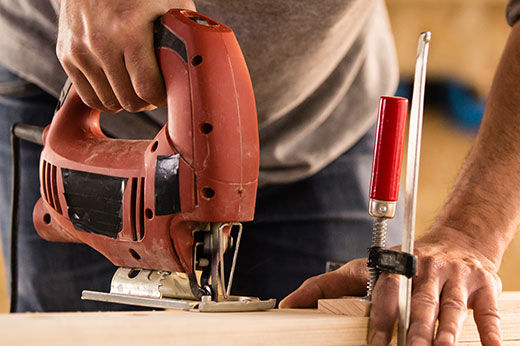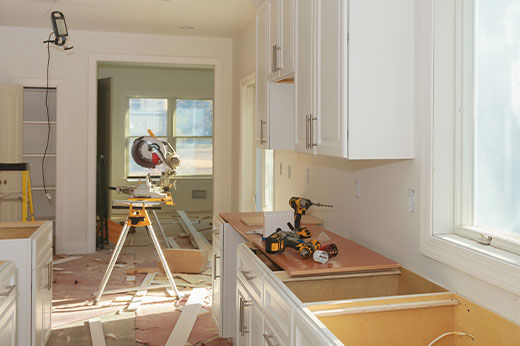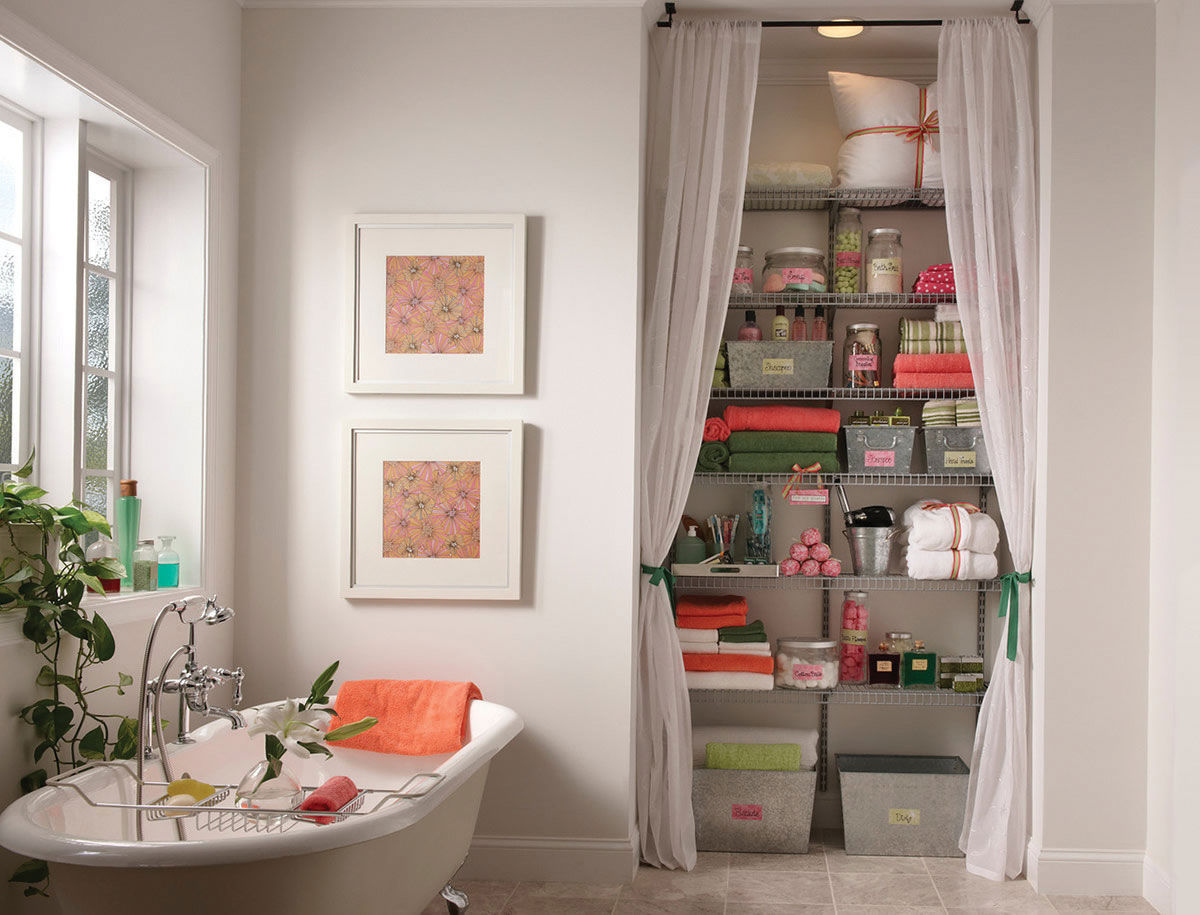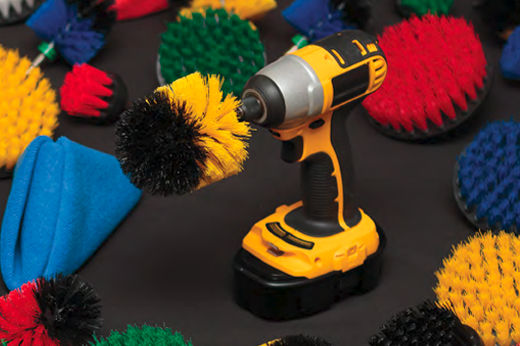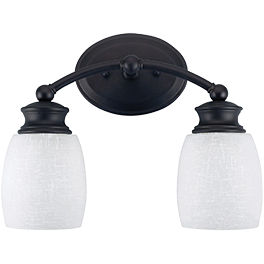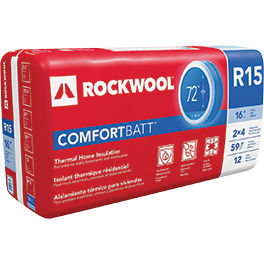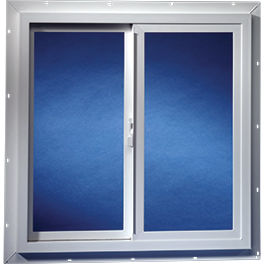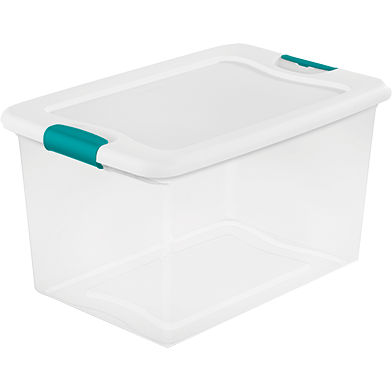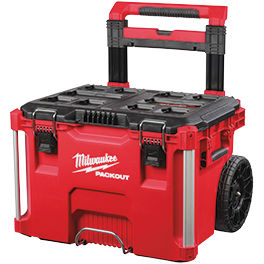While do-it-yourself projects can be fun and fulfilling, there is always a potential for personal injury or property damage. We strongly suggest that any project beyond your abilities be left to licensed professionals such as electricians, plumbers, and carpenters. Any action you take upon the information on this website is strictly at your own risk, and we assume no responsibility or liability for the contents of this article.
Transforming a Garage into a Real Workshop
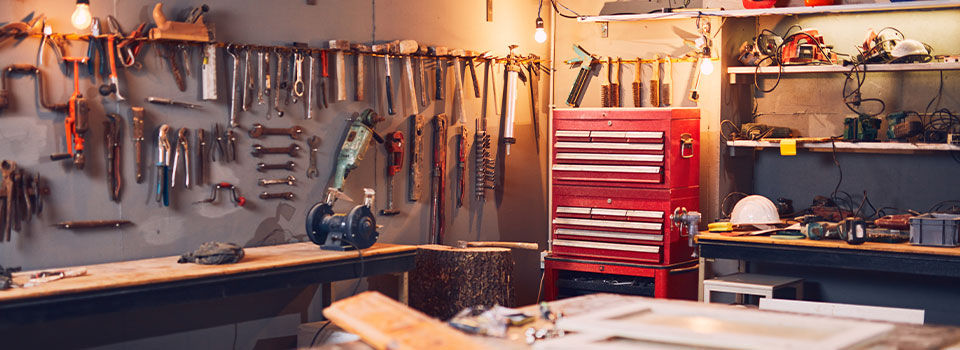
A garage is a great place to use as a home workshop, especially if you rarely park your car in it. However, it’s not automatically ready to use as a workshop. Many homeowners assume that it will be a comfortable and easy-to-use space and then are surprised to find it too hot, too cold, or too dark. Putting a little extra work into the garage will make it a much more useful workshop. This is especially true if you need to store supplies or want to continue parking your car in it. Try these tricks for transforming a basic garage into a wonderful workshop.
Add Plenty of Lighting
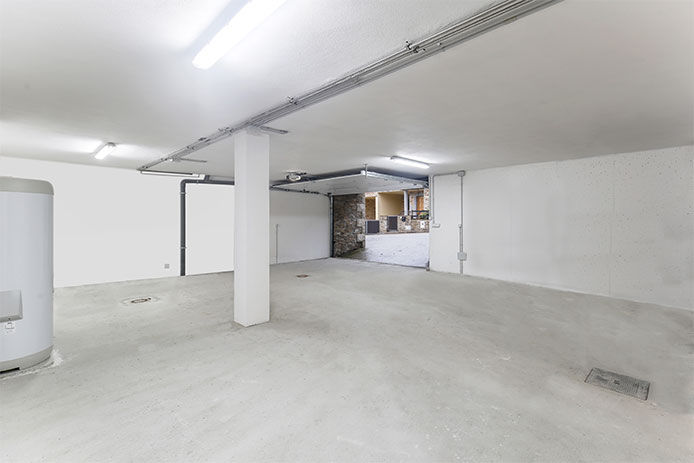
No workshop is complete without bright task lighting. Yet a garage usually features only a single dim light since it’s not usually used on a daily basis. Hanging shop lights is the most common choice. Four- and eight-foot-long fluorescent tubes are the classic choice for shop lighting. LED lights are available now in the same style that uses even less energy. They also last longer. Avoid incandescent lights unless you need them specifically for their color spectrum. Even if you have natural light sources in the garage, make sure the artificial light is adequate to keep you safe while you work.
Insulate the Space
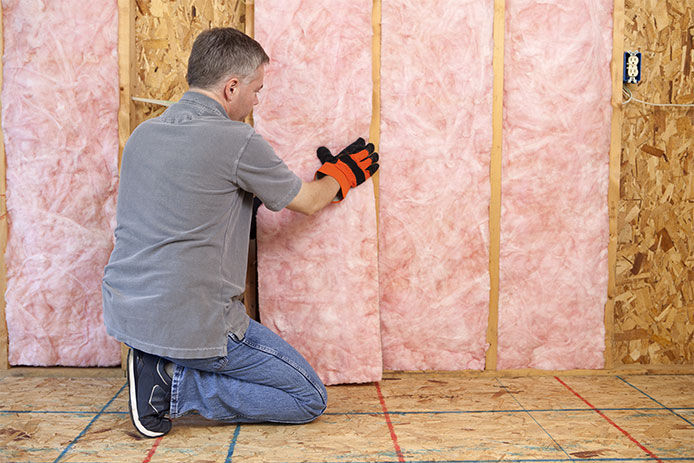
Garages tend to heat up in the summer and freeze in the winter because you usually only spend a few minutes a day in them. If you plan to spend hours there working on projects, you’ll need to insulate before trying to heat or cool it. Heating or cooling an uninsulated garage will quickly inflate your bills and leave you frustrated with your workshop. Spend a little bit on some fiberglass or foam insulation and you’ll notice the garage already stays comfortable longer on its own. You’ll get the most out of any heating or cooling you then add.
Bring in the Right Benches

Workshops are only as useful as their primary workspaces. For most types of projects, a waist-high bench is the ideal surface for ergonomic work. Metalworking and woodworking benches differ in design and materials, but they are both useful to add to the garage workspace. Focus on your primary chores or hobbies rather than your future goals. You can always add more workbenches later for specialty work like tinsmithing or jewelry making. Stick with a multipurpose workbench if you have a lot of different interests or don’t know what you’ll be doing just yet.
Build a Divider
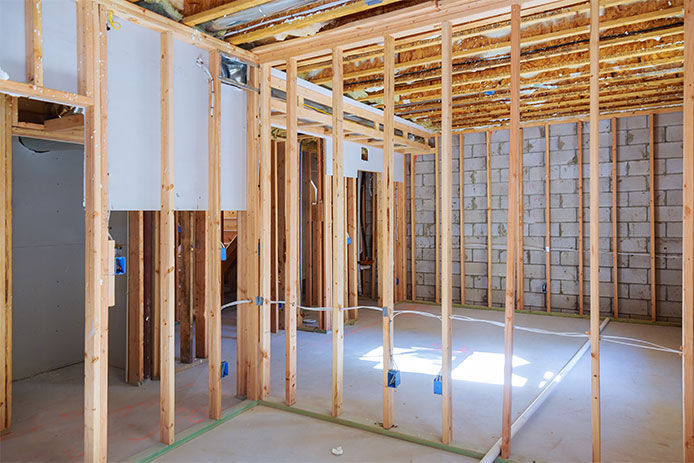
If you plan to keep parking in your garage or need some space for storing holiday decorations, try dividing the garage. Build a small divider to separate the two spaces. This gives you some privacy and makes the room feel less cluttered if you have to leave materials and tools out on your bench. If the exhaust of a car is an issue, try a full wall with ventilation in the workshop. This also works well to keep dust created in the workshop from getting into the rest of the garage.
Add More Windows

While there’s no replacement for good artificial task lighting in a workshop, natural light is still nice to have. Most garages have few to no windows as a safety precaution and to save money. Cutting a window opening or two before you insulate is an inexpensive way to make the garage feel more open. You can look up and admire the view while working on a project. It’s also helpful for ventilation and airing out fumes when working on tasks that involve paint and chemicals.
Create Orderly Storage
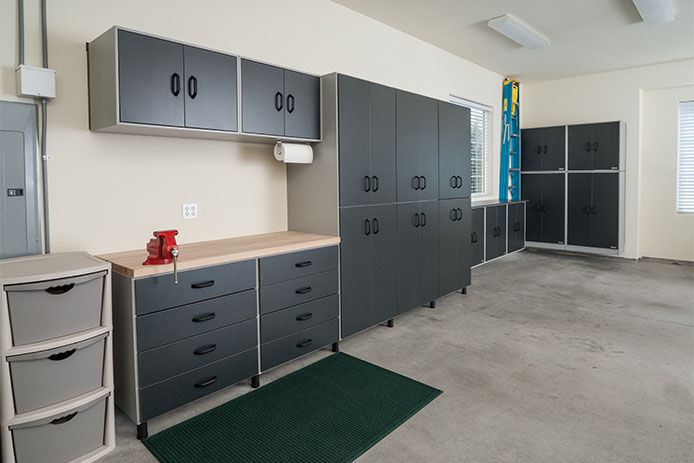
Finally, make sure all of your materials, tools, and equipment stays where you need it. Install large shelving units that can hold hundreds of pounds per shelf for toolboxes, piles of materials, and anything else you need in the workshop. Consider keeping more sensitive equipment in cases or plastic tubs to protect them from dust when they’re not in use. Pegboards may seem old-fashioned, but they’re still one of the best walls to organize small items on a wall where you can see them at a glance.
These steps will take your garage and elevate it into a truly useful workshop space.
